Civara Dana is a significant long-term initiative rooted in the Buddhist tradition of robe offerings. At its core, the project focuses on the creation and distribution of exceptionally crafted monastic robes, known as cīvara. These robes are distinguished by their high-quality Kashmiri pashmina wool and their larger, more intricate design compared to typical pashmina garments. This effort is deeply embedded in Buddhist practice, reflecting the tradition of offering robes as an act of dana or generosity.
The project is not only about providing unique robes but also about honoring and continuing a historical practice. By partnering with organizations such as the Tibetan Nuns Project, Civara Dana raises funds to cover the cost of these special robes. A portion of the raised funds also supports the partner organizations’ operational needs, creating a cycle of generosity and support.
An essential aspect of Civara Dana is its commitment to revitalizing traditional Kashmiri weaving techniques. The Civara Workshop, based in Srinagar and led by the shopkeeper who first collaborated with the nun to perfect these robes, will play a crucial role in this endeavor. The workshop aims to preserve the ancient art of weaving while ensuring fair wages and job security for the local craftspeople.
Ultimately, Civara Dana is designed to have a lasting impact, with an organizational structure intended to persist beyond the current generation. This ensures the continued preservation of cultural heritage and sustained support for the monastic community, fulfilling both spiritual and practical needs.
